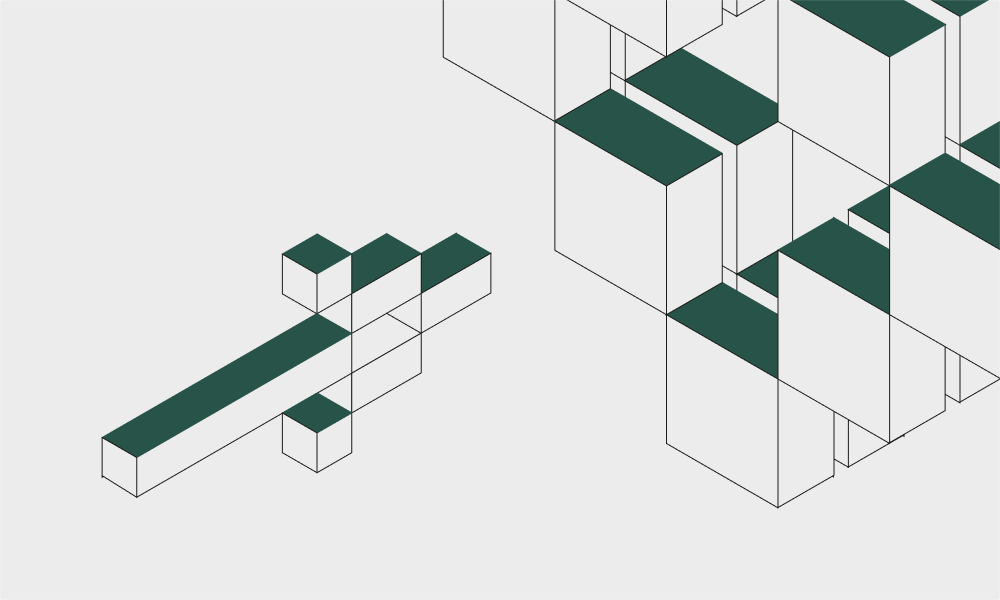Introduction
Plasma
Plasma is a high-performance Layer 1 blockchain that is purpose built for global stablecoin payments.
 Stablecoins have become one of crypto’s dominant use cases, with over $250 billion in supply and trillions in monthly volume. Plasma is purpose-built to meet their demands with zero-fee USD₮ transfers, custom gas tokens, support for confidential payments, and the throughput to scale globally.
Stablecoins have become one of crypto’s dominant use cases, with over $250 billion in supply and trillions in monthly volume. Plasma is purpose-built to meet their demands with zero-fee USD₮ transfers, custom gas tokens, support for confidential payments, and the throughput to scale globally.
Quick Links

Explore The Docs
Dive into Plasma’s technical documentation to understand its architecture and features.

Build On Plasma
Check out the developer guides to start creating stablecoin-powered applications.

Join Our Community
Connect with other developers and users in the Plasma community for support and collaboration.
Why Plasma?
Purpose Built
Purpose Built
Most blockchains weren’t built with stablecoins in mind. Plasma on the other hand is designed from the ground up for high-volume, low-cost payments. Our infrastructure is optimized for the scale, speed, and reliability that stablecoins demand.
Native Features
Native Features
Plasma offers stablecoin-native contracts that enable zero-fee USD₮ transfers, customizable gas tokens, and confidential payments. These features give developers the tools to build seamless, cost-efficient, and confidential user experiences.
Deep Liquidity
Deep Liquidity
Plasma will launch as one of the most liquid stablecoin networks globally, with over $1 billion in USD₮ ready to move from day one. Developers can build on a network where deep liquidity is available from the start.
EVM Compatibility
EVM Compatibility
Plasma is fully EVM compatible. Developers can deploy contracts using the same tools and workflows they already know, including Foundry, Hardhat, and wallets like MetaMask. All major EVM infrastructure and libraries are supported out of the box.
Integrated Stablecoin Infrastructure
Integrated Stablecoin Infrastructure
Plasma supports stablecoin developers with integrated access to best-in-class infrastructure. This includes card issuance, global on and offramps, stablecoin orchestration, and advanced risk and compliance tooling, all powered by third-party providers and ready to use.
Native Bitcoin Bridge
Native Bitcoin Bridge
Plasma includes a native, trust-minimized bridge for Bitcoin. Developers can move BTC directly into our EVM environment without relying on centralized custodians. This unlocks new applications at the intersection of stablecoins and the world’s largest digital asset.
